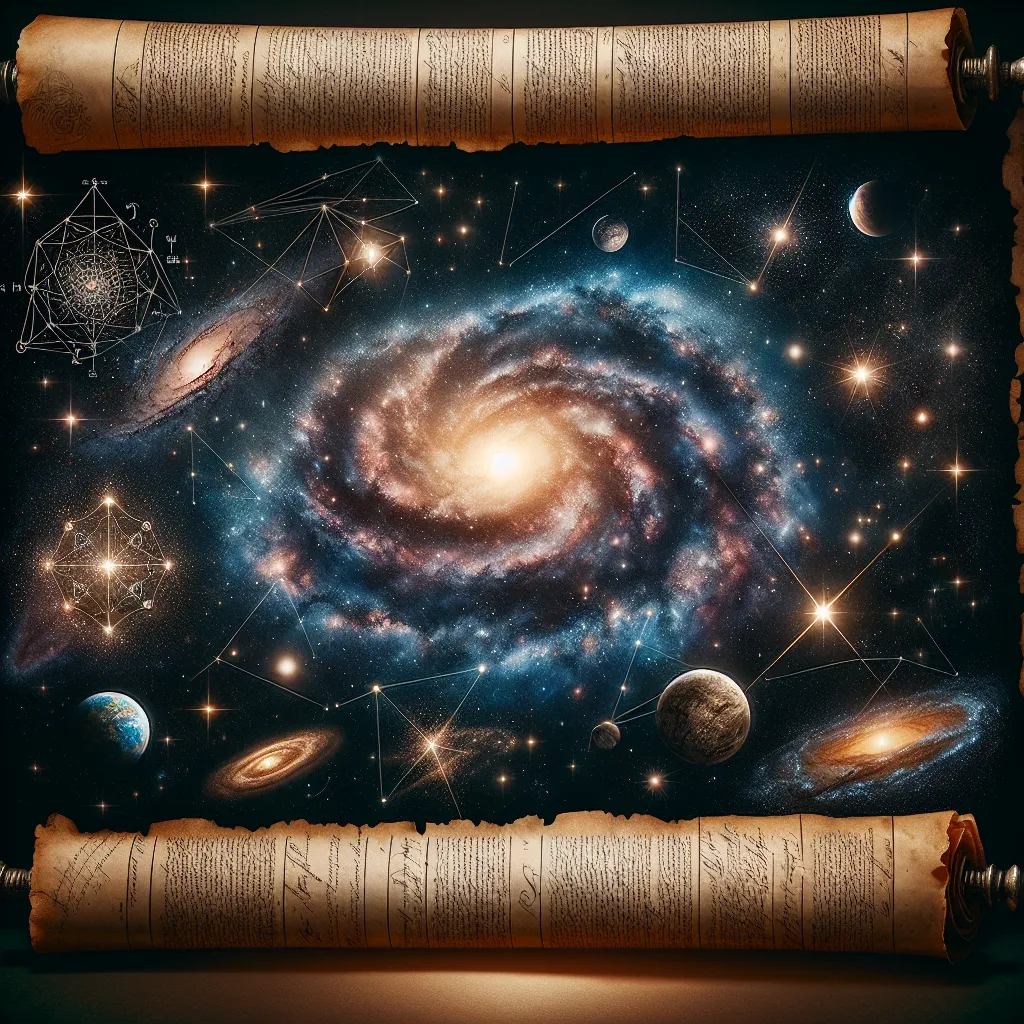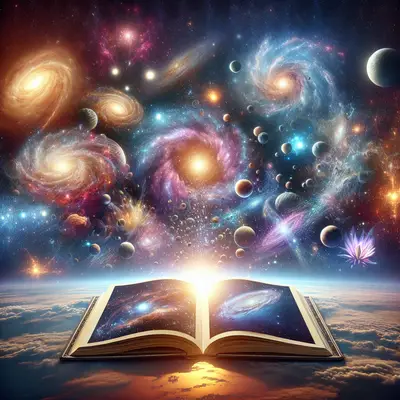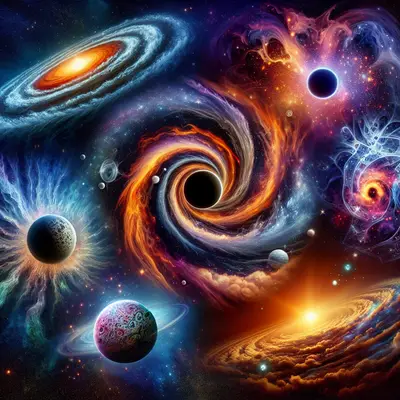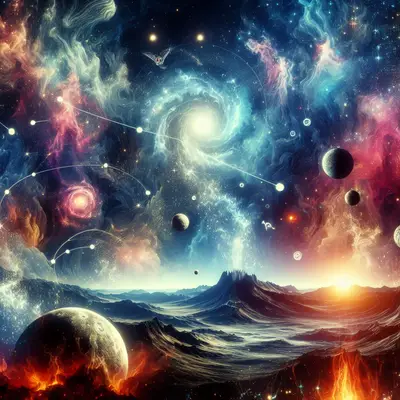Fact 1: The Universe is Continually Expanding
Ever since the Big Bang approximately 13.8 billion years ago, our universe has been constantly expanding. This is known as the Hubble's Law, named after the American astronomer Edwin Hubble. This expansion means that every galaxy is moving away from every other galaxy, making the universe itself grow larger and larger. The pace of this expansion is referred to as the Hubble Constant, although scientists are still debating its exact value.
Fact 2: There Might Be More Universes
While the concept may seem straight out of a science fiction novel, multiple theories suggest the existence of multiple universes, known as the multiverse theory. These theories propose that our universe could be just one of an infinite number of universes, each with different physical laws, dimensions, and outcomes. While this concept is yet to be proven, it continues to fascinate scientists and space enthusiasts alike.
Fact 3: Black Holes Are Not Empty Spaces
Despite their name, black holes are not empty spaces. They are massive amounts of matter packed into a very small area. This creates a gravitational pull so strong that nothing, not even light, can escape it. Black holes are still one of the most mysterious and fascinating phenomena in the universe, with researchers continuously studying them to understand their properties and effects on surrounding matter.
Fact 4: The Milky Way is on a Collision Course
Don't panic just yet; this cosmic collision is not due for another four billion years. Our Milky Way galaxy and the nearby Andromeda galaxy are hurtling towards each other at a speed of about 400,000 kilometers per hour. When they eventually collide, they will merge to form a giant elliptical galaxy. However, due to the vast distances between stars, it is unlikely that any of them will physically collide.
Fact 5: Neutron Stars are the Universe’s Speed Demons
Neutron stars, the collapsed cores of massive stars, are not only incredibly dense but are also the fastest spinning objects in the universe. Some of them can rotate up to 600 times per second! These stars are so dense that a teaspoon of neutron star material would weigh about a billion tons.
Conclusion
The universe is a vast, complex, and fascinating place, filled with mysteries that scientists are still trying to understand. These intriguing facts about the universe underscore the endless wonders that lie beyond our planet, sparking our curiosity and driving our quest for knowledge. As we continue to explore the cosmos, who knows what other astonishing discoveries await us?



